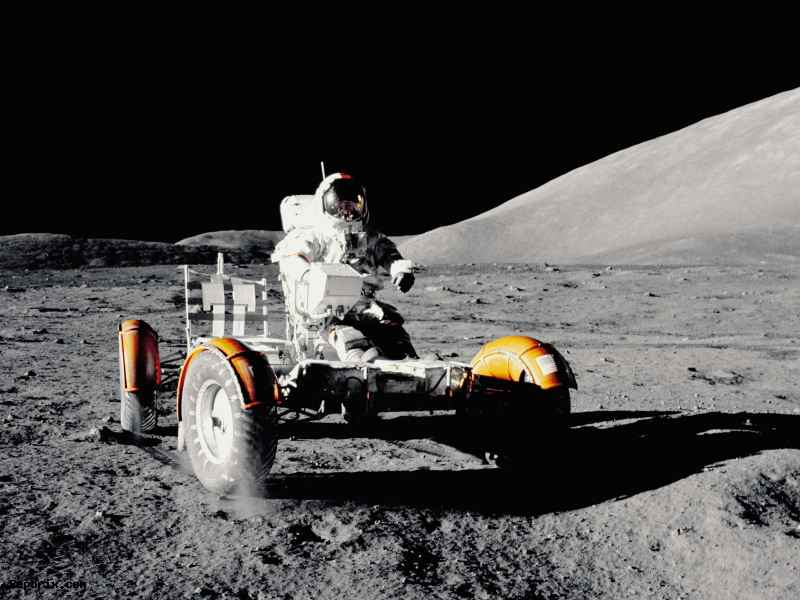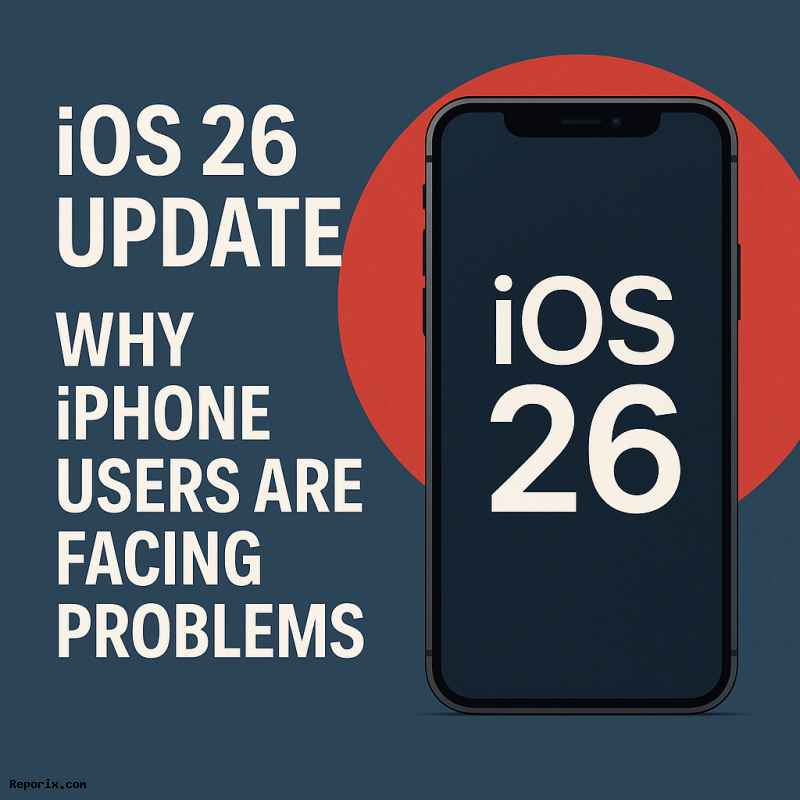2025 is shaping up to be a turning point — not just for our financial systems, but for how we explore space. On one side, cryptocurrencies are evolving, and the digital euro is about to launch as an official central bank digital currency. On the other, we’re seeing renewed lunar missions, private space stations, and the rise of space tourism. In both sectors, what once seemed like science fiction is fast becoming everyday reality.
In the world of digital finance, Bitcoin remains a key player. After its 2024 halving, speculation is building: will 2025 bring another all-time high? With institutional investors like BlackRock and Fidelity backing crypto ETFs, Bitcoin is inching closer to mainstream adoption. Ethereum is also entering a critical phase. With the Ethereum 3.0 upgrade on the horizon, developers promise faster, cheaper, and more scalable networks — laying the groundwork for a new era of decentralized finance (DeFi), this time focused less on hype, and more on utility.
But it’s not all innovation. Meme coins and speculative tokens still clutter the market. While some investors chase quick profits, regulators worldwide are tightening their grip. Unlicensed tokens, privacy coins, and shady exchanges are facing increasing scrutiny. The crypto space is maturing — whether it wants to or not.
The biggest shift, however, may come from within the system itself: the digital euro. Unlike Bitcoin, the digital euro is centrally issued and controlled by the European Central Bank. It’s designed to act like cash, but in digital form — easy to use, offline-capable, and free from banking intermediaries. Supporters see it as a breakthrough in efficiency and access. Critics, however, warn of potential surveillance and reduced financial privacy. Can a centrally controlled digital currency coexist with the ideals of crypto freedom?
The digital euro’s pilot phase began in 2024, and full rollout is expected in 2025 or 2026. Yet adoption remains a question mark. Will people embrace it — or resist it? Will retailers accept it as easily as cash or card? The answers could reshape Europe’s financial landscape for decades to come.
While money goes digital, humanity is also looking to the stars. After decades, we’re returning to the Moon. NASA’s Artemis III mission, planned for 2025 or 2026, aims to land humans on the lunar surface again — including the first woman. Construction of the Lunar Gateway, a new moon-orbiting space station, is underway. China is also accelerating its ambitions, with lunar sample-return missions and plans for a future crewed landing.
Private companies are no longer on the sidelines. SpaceX, with its powerful Starship rocket, is preparing for missions that could change space travel forever. Jeff Bezos’ Blue Origin continues development of its "Blue Moon" lunar lander, while Axiom Space and Voyager's Starlab project are racing to build the first fully private space stations, with modules expected to enter orbit as early as 2025.
Meanwhile, space tourism is slowly moving from billionaire fantasy to near-reach luxury. Virgin Galactic and Blue Origin have already launched suborbital flights. Prices are still high — but dropping. Spaceports are being built in Europe and the U.S., and missions like SpaceX’s DearMoon project plan to take private citizens on lunar flybys.
The technology behind all this is evolving fast. From nuclear-powered rockets and new launch systems like ESA’s Ariane 6 to asteroid mining prototypes and global satellite internet (Starlink, OneWeb, Kuiper), the space industry is expanding beyond exploration — it’s becoming a full-blown economy. Even 6G communication systems and space-based defense applications are on the horizon.
What does all this mean for the average person?
In finance, you may soon pay for groceries using a CBDC or stablecoin instead of a debit card. In travel, the idea of “vacationing in low Earth orbit” might no longer sound absurd. Both fields — digital money and space — are moving fast. In both, 2025 could be remembered as the year everything accelerated.
Conclusion: 2025 — The Year the Future Becomes Reality
From the rise of state-backed digital money to the return of human beings to the Moon, 2025 marks a new chapter in how we live, spend, move, and dream. Whether you're an investor, a tech enthusiast, or someone simply watching the world change, one thing is clear: the future isn’t coming — it’s already here.




